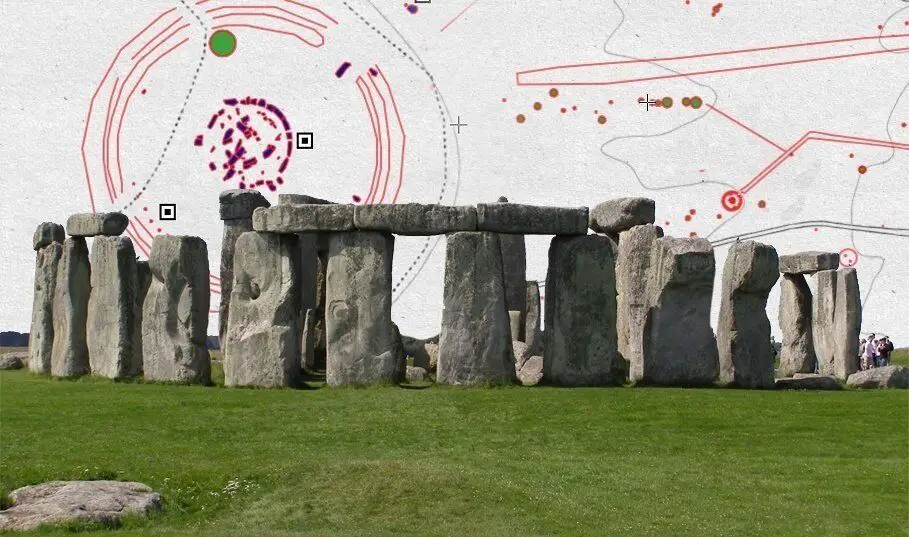The Stonehenge landscape comprises mainly of chalk grasslands, covering an area of around 2100 acres and centred on the ancient monument of Stonehenge.
The landscape contains hundreds of monuments and enormous earthworks such as the Stonehenge Cursus, the Avenue, Woodhenge and Durrington Walls, as well as numerous burial mounds known as barrows.
The area was first settled during the Neolithic period, most likely centred around the causewayed enclosure of Robin Hood’s Ball. Large long barrows like White Barrow and other earthworks were built across the plain. By 2500 BC areas around Durrington Walls and Stonehenge had become a focus for building, and the southern part of the plain continued to be settled into the Bronze Age.
You can select full-screen mode on desktop by clicking on the “X” symbol beneath the map. For full screen on tablet or mobile, Click Here

